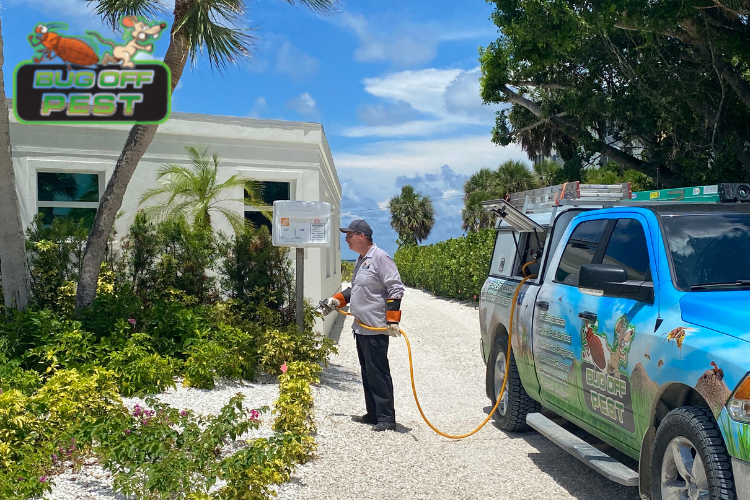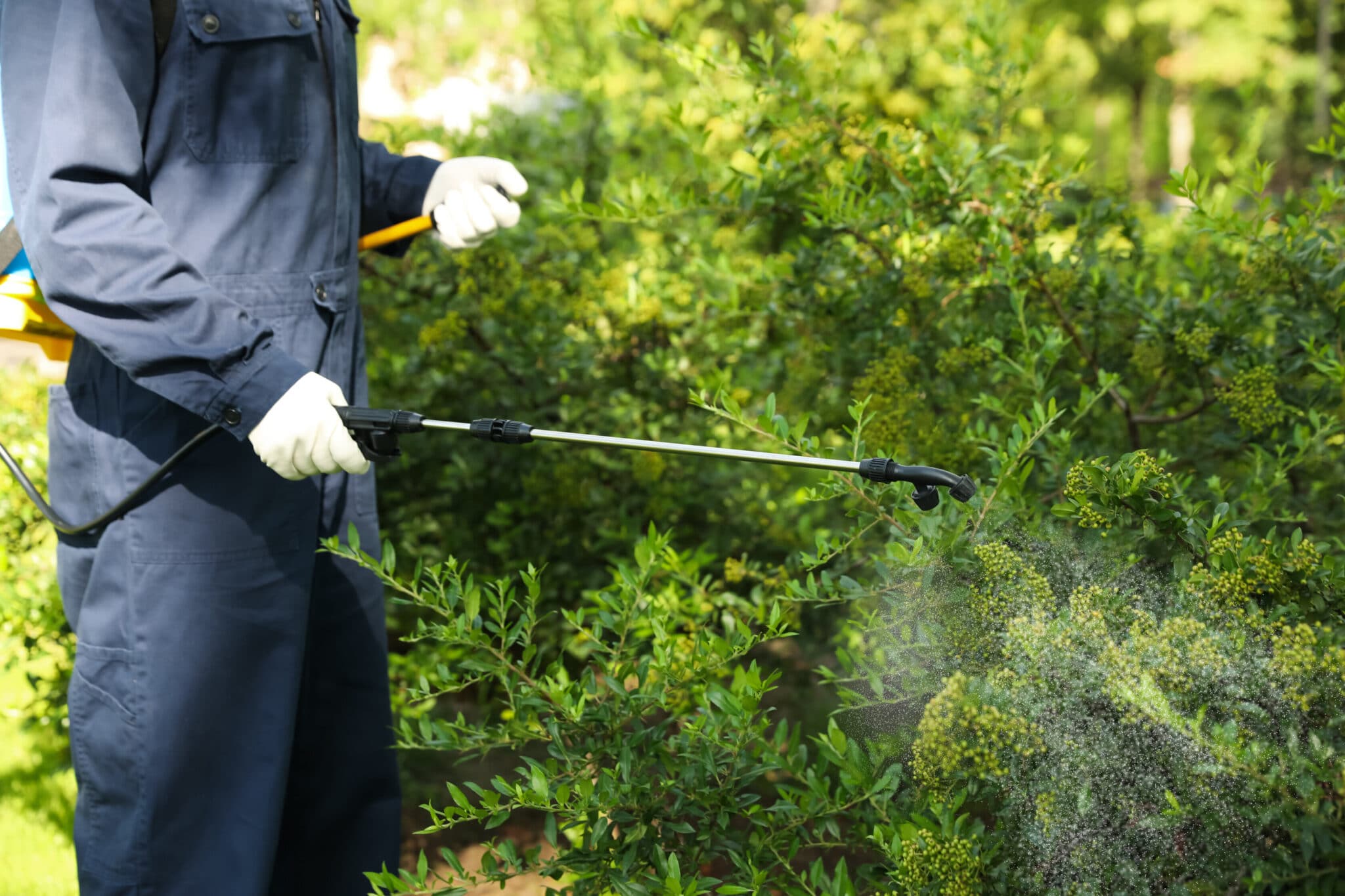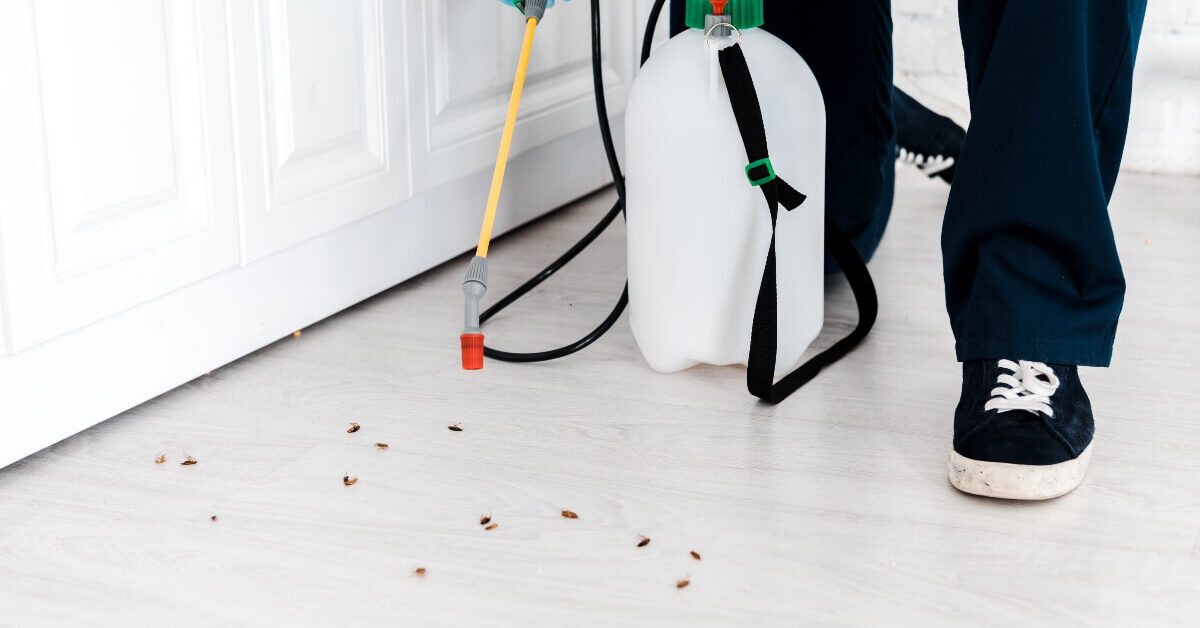Why Pest Control in Charlotte County Is Important for Your House’s Health
Learn More About the Latest Developments in Insect Control and How to Apply Reliable Treatment Solutions
Recently, the field of insect control has witnessed substantial innovations, driven by the requirement for reliable and sustainable treatment services. Innovative methods such as Integrated Parasite Administration (IPM) incorporate environment-friendly methods with sophisticated technology, enhancing both efficacy and ecological duty. Furthermore, the integration of smart innovations and DIY approaches has equipped people to take on bug problems more efficiently. As we check out these developments, it comes to be important to comprehend exactly how ideal to apply these strategies in various setups to attain ideal outcomes. The ramifications for insect management techniques might be transformative.
Eco-Friendly Insect Control Options
In recent times, the demand for environment-friendly parasite control options has surged as home owners and services alike look for lasting options to traditional chemical treatments. This shift is driven by growing ecological recognition and a wish to decrease the wellness risks connected with synthetic chemicals.

Environment-friendly insect control methods encompass an array of strategies that prioritize the use of all-natural compounds and practices. Integrated Parasite Administration (IPM) is one such strategy, integrating biological, social, and mechanical techniques to manage bug populations while decreasing dependence on chemicals (Wildlife removal services). This alternative method stresses avoidance with habitat adjustment and the introduction of all-natural predators, thus fostering a well balanced environment
Another prominent option is using agricultural chemicals stemmed from plants, which often tend to be much less unsafe to non-target microorganisms. Products like neem oil and diatomaceous earth have actually acquired grip for their effectiveness in controlling parasites while positioning marginal risks to human wellness and the environment.
Additionally, exemption methods, such as securing access points and preserving sanitation, play a crucial function in green insect monitoring. By taking on these sustainable techniques, individuals and services can efficiently manage pests while promoting a healthier earth for future generations.
Smart Innovation in Parasite Management
Advancement is improving the landscape of parasite management, with clever technology emerging as an essential pressure in boosting performance and efficiency - Wildlife removal services. The assimilation of Internet of Things (IoT) devices, expert system (AI), and data analytics is reinventing just how parasite control specialists come close to problems
Smart catches outfitted with sensing units can spot insect activity in real-time, sending prompt signals to drivers. This permits prompt feedbacks, decreasing damage and decreasing the requirement for comprehensive treatments. Additionally, AI algorithms assess historic data to forecast parasite actions, allowing proactive interventions based upon ecological problems and infestation patterns.
Drones and automated vehicles are additionally playing a considerable role in pest monitoring, providing aerial assessments of large locations, determining hotspots, and even dispersing targeted treatments. These technologies not just improve operations yet also improve safety and security by restricting human exposure to possibly dangerous chemicals.
Moreover, mobile applications encourage customers to check insect activity and gain access to specialist guidance, fostering a collective technique to pest monitoring. Generally, the fostering of clever innovation is setting a brand-new criterion in insect control, emphasizing data-driven decisions and lasting methods that inevitably benefit both professionals and property owners alike.
Integrated Insect Monitoring Methods
Integrated Bug Monitoring (IPM) uses an alternative strategy to pest control, incorporating different approaches to successfully take care of parasite populaces while minimizing risks to human health and wellness and the atmosphere. IPM rotates around recognizing the pest life process, their all-natural adversaries, and the ecological community in which they flourish.
Among the fundamental components of IPM is monitoring pest populaces with regular assessments and information collection. This permits for the recognition of parasite limits, determining when intervention is needed. Cultural practices, such as crop environment, turning, and hygiene adjustment, are vital in lowering insect frequency and advertising plant health and wellness.
Mechanical controls, including catches and barriers, are additionally important in IPM. These approaches can literally remove or discourage bugs without using this page chemicals. When essential, the wise application of chemical controls is used, concentrating on targeted treatments that decrease ecological effect.
Education and partnership among stakeholders, including farmers, bug control specialists, and the neighborhood, are important for the effective application of IPM approaches. By prioritizing sustainable techniques, IPM not only addresses pest concerns but also fosters a much healthier ecological community.
Biological Control Approaches
Many organic control approaches are increasingly identified for their performance in taking care of insect populaces while promoting eco-friendly balance. These techniques harness natural killers, parasites, and microorganisms to lower pest numbers without depending on artificial chemicals. The introduction of ladybugs can effectively manage aphid populaces, while nematodes target soil-dwelling insect larvae.
Additionally, the use of microbial pesticides, such as Bacillus thuringiensis (Bt), offers an environmentally friendly option for managing caterpillar insects. These items especially target pest species, minimizing damage to beneficial bugs and pollinators. Preservation biological control stresses enhancing habitats for natural opponents, such as birds and helpful bugs, thereby encouraging their presence in farming systems.
Research study continues to disclose ingenious strategies within this area, such as the usage of scents to interrupt pest breeding patterns or the growth of biocontrol agents with genetic modification. Implementing these techniques can cause sustainable pest monitoring practices that mitigate the reliance on chemical interventions, inevitably cultivating much healthier environments. As understanding of these methods grows, they are becoming essential components of incorporated parasite monitoring (IPM) approaches, using a balance between reliable insect control and ecological stewardship.
Do It Yourself Insect Control Solutions
As property owners seek effective methods to deal with insect issues, do it yourself pest control services have actually gained appeal for their availability and cost-effectiveness. These techniques empower people to deal with problems using conveniently offered products and techniques, frequently without the need for expert intervention.

In addition, preserving appropriate hygiene and regular examinations can protect against bug access and nesting (Wildlife removal services). Simple methods, such as sealing cracks, getting rid of food resources, and decluttering, can dramatically decrease parasite populations. Traps, both homemade and readily available, can likewise use reliable services for tracking and regulating certain parasites like pests or rodents

Conclusion
The combination of green pest control options, smart modern technology, and ingenious administration methods presents a comprehensive technique to effective parasite management. By accepting Integrated Parasite Monitoring (IPM) and utilizing biological control methods, along with DIY options, lasting and liable insect control can be achieved. These improvements not just improve the efficiency of insect monitoring methods yet likewise add to a healthier atmosphere. Implementing these strategies fosters a balanced environment while efficiently addressing pest learn this here now populaces.
Green insect control methods incorporate an array of strategies that prioritize the use of natural compounds and practices. Integrated Insect Management (IPM) is one such method, combining biological, cultural, and mechanical tactics to handle pest populations while minimizing reliance on chemicals. As awareness of these strategies grows, they are becoming important parts of incorporated parasite administration (IPM) methods, using an equilibrium in between reliable pest great post to read control and environmental stewardship.
The assimilation of green insect control options, smart modern technology, and cutting-edge management methods offers an extensive method to efficient pest administration. By welcoming Integrated Pest Monitoring (IPM) and using organic control methods, together with Do it yourself remedies, lasting and responsible pest control can be attained.